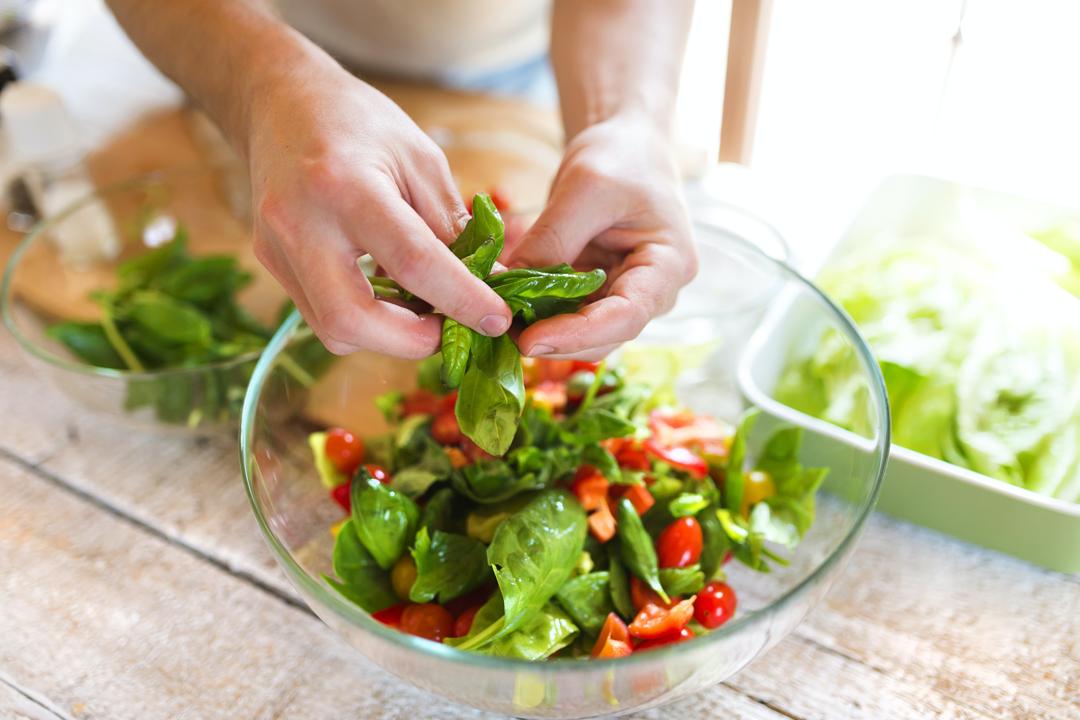The Essential Diabetic Diet Guide: What to Eat and Avoid
Living with type-2 diabetes can be challenging, but with the right diet and lifestyle changes, it is possible to manage the condition effectively. As a health and wellness coach, I have worked with numerous individuals who have successfully improved their health by adopting a diabetic-friendly diet. In this article, I will provide you with a comprehensive guide on what to eat and avoid as a type-2 diabetic.
Understanding Type-2 Diabetes
Type-2 diabetes is a chronic condition that affects the way your body metabolizes glucose, leading to high blood sugar levels. It is typically caused by a combination of genetic and lifestyle factors, such as obesity, poor diet, and lack of physical activity. When left unmanaged, type-2 diabetes can increase the risk of various complications, including heart disease, stroke, and kidney problems.
To effectively manage type-2 diabetes, it is essential to understand the link between diet and blood sugar control. The food you eat directly affects your blood sugar levels, so making healthy dietary choices is crucial. However, it’s important to note that there is no one-size-fits-all approach to diabetic diets. Each individual’s dietary needs may vary based on factors like age, weight, activity level, and personal preferences.
Building a Balanced Diabetic Diet
A balanced diabetic diet consists of a variety of nutrient-rich foods that help regulate blood sugar levels and promote overall health. Here are the key components of a diabetic diet:
-
Carbohydrates: Choose complex carbohydrates like whole grains, legumes, and vegetables, which are digested more slowly and have a gentler impact on blood sugar levels. Avoid refined carbohydrates and sugary foods that can cause rapid spikes in blood sugar.
-
Proteins: Include lean sources of protein such as skinless poultry, fish, tofu, and legumes in your meals. Protein helps stabilize blood sugar levels and promotes satiety.
-
Fats: Opt for healthy fats like avocados, nuts, seeds, and olive oil. These fats can help improve insulin sensitivity and protect against heart disease.
-
Fiber: Incorporate high-fiber foods like fruits, vegetables, whole grains, and legumes into your diet. Fiber slows down the absorption of sugar and promotes digestive health.
Foods to Include in a Diabetic Diet
When planning your meals, focus on incorporating the following diabetic-friendly foods:
-
Whole Grains: Choose whole grain options like brown rice, quinoa, and whole wheat bread instead of refined grains. Whole grains are rich in fiber and nutrients.
-
Lean Proteins: Include sources of lean protein such as skinless chicken, turkey, fish, tofu, and legumes. These foods provide essential nutrients without raising blood sugar levels significantly.
-
Non-Starchy Vegetables: Fill your plate with non-starchy vegetables like leafy greens, broccoli, cauliflower, peppers, and zucchini. These vegetables are low in calories and carbohydrates while being rich in vitamins and minerals.
-
Fruits: Enjoy a variety of fruits in moderation. Opt for low glycemic index fruits like berries, cherries, and apples, which have a smaller impact on blood sugar levels.
-
Low-Fat Dairy: Choose low-fat or fat-free dairy products like milk, yogurt, and cheese. These foods provide calcium and protein without adding excessive saturated fat.
-
Healthy Fats: Incorporate healthy fats like avocados, nuts, seeds, and olive oil into your meals. These fats can help improve insulin sensitivity and promote heart health.
Foods to Avoid or Limit
To effectively manage your blood sugar levels, it is important to avoid or limit certain foods that can cause spikes in blood sugar or contribute to other health issues. Here are some foods to be cautious of:
-
Added Sugars: Minimize your intake of foods and beverages with added sugars, such as soda, candy, baked goods, and sugary cereals. These foods can cause rapid spikes in blood sugar levels.
-
Saturated Fats: Limit your consumption of saturated fats found in high-fat meats, full-fat dairy products, and fried foods. Instead, opt for lean protein sources and healthy fats.
-
Sodium: Reduce your intake of sodium by avoiding processed foods, canned soups, and salty snacks. Excessive sodium intake can increase the risk of high blood pressure and other complications.
-
Processed Foods: Steer clear of heavily processed foods like fast food, frozen meals, and packaged snacks. These foods are often high in unhealthy fats, added sugars, and sodium.
Practical Tips for Eating Better with Type-2 Diabetes
Managing your diet doesn’t mean you have to give up on enjoying food. Here are some practical tips to help you eat better while living with type-2 diabetes:
-
Dining Out: When dining out, choose restaurants that offer healthier options. Look for menu items that are grilled, baked, or steamed instead of fried. Ask for dressings and sauces on the side to control portion sizes.
-
Managing Social Situations: When attending social events, plan ahead by eating a healthy snack before you go. This can help prevent overeating or making unhealthy food choices.
-
Reading Food Labels: Learn to read food labels to make informed choices. Pay attention to the serving size, total carbohydrates, and added sugars. Look for products that are low in added sugars and high in fiber.
-
Regular Physical Activity: Incorporate regular physical activity into your routine to help manage blood sugar levels and improve overall health. Aim for at least 150 minutes of moderate-intensity exercise per week.
Remember, managing your type-2 diabetes is a lifelong journey. It’s important to consult with a healthcare professional or a health and wellness coach for personalized guidance and support. By making small changes to your diet and lifestyle, you can take control of your health and effectively manage your condition.
References:
